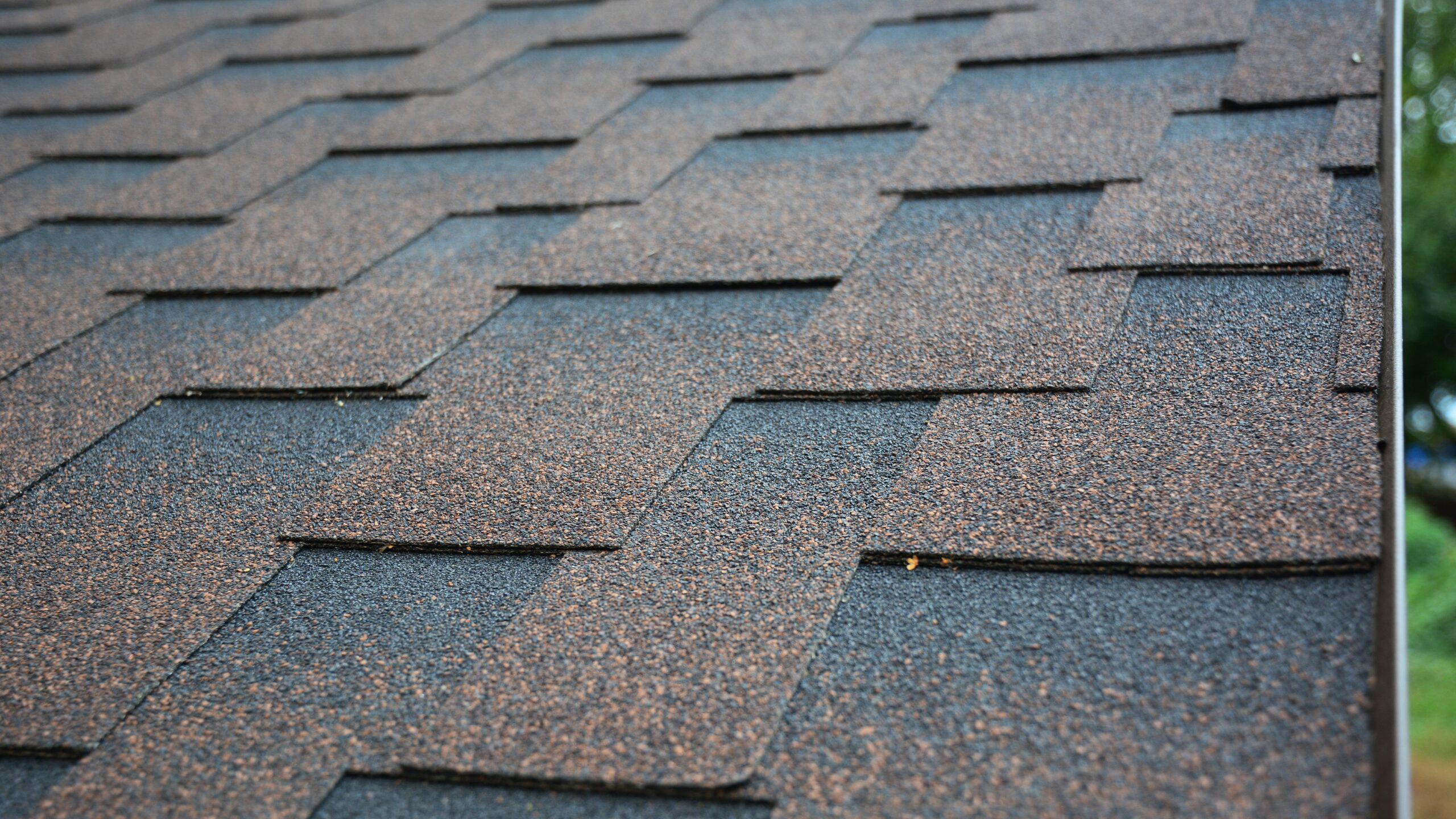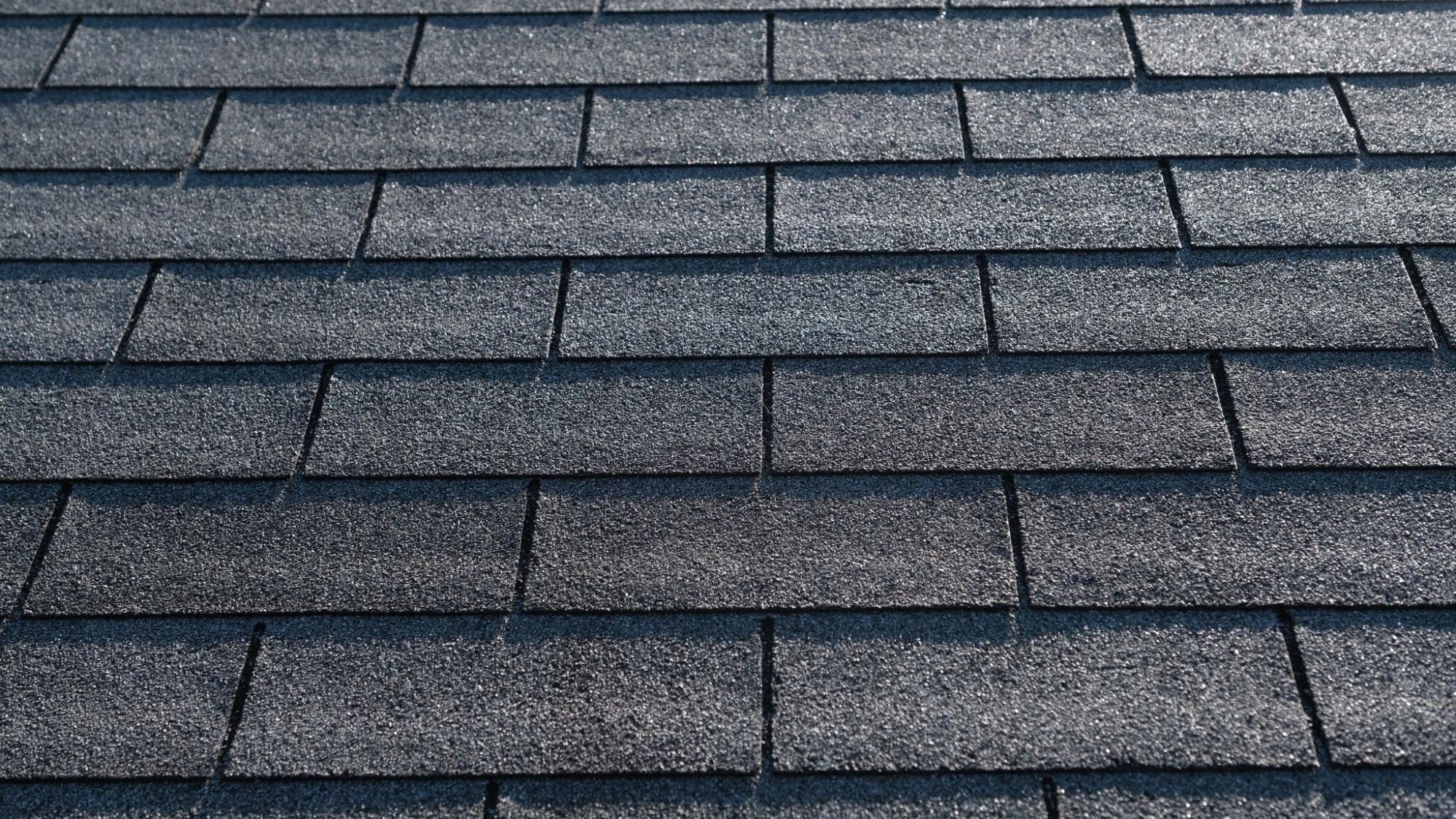Your roof is more than just a protective shield over your home. It's essential to your property's curb appeal, energy efficiency, and overall value. When it's time for a roof replacement or installation, you're faced with the critical decision of choosing the perfect roof. So, which is the best – architectural shingles or 3-tab shingles?
It's essential to consider cost, durability, appearance, warranties, water and wind resistance, maintenance, and appearance before choosing the perfect roof for your home. Architectural and 3-tab shingles each offer distinctive characteristics that can benefit your home and your budget.
Your roof is not just a practical necessity; it's an opportunity to enhance the aesthetics and functionality of your home. Architectural and 3-tab shingles represent two distinct paths in achieving that perfect roof. Whether you prioritize durability, affordability, or a blend of both, we break down the attributes of each shingle type so you can embark on your roofing project with confidence.
What are Architectural Shingles?

Architectural shingles are made of a high-quality adhesive with fine asphalt granules. More durable than 3-tab shingles, they have also become more popular in the last decade. These are laminated or dimensional shingles because they are constructed of multiple layers, making them thicker and giving them a more robust profile.
Each shingle is made of an individual shingle, and thanks to modern technology, they can be constructed in more visually appealing elements that are widely popular today, like cedar shakes and natural slate tile.
They are available in various shapes and sizes, which create a layered look, giving it a 3-dimensional look. They are installed in single horizontal rows, each overlapping the one below.
Pros of Architectural Shingles
Architectural shingles are more customizable, offering a 3-dimensional texture and appearance. They come in various styles and can resemble the appearance of slate or wood for a higher curb appeal.
They are known for their durability and longevity, typically offering a lifespan of at least 30 years. Their multi-layered construction makes them more robust and better equipped to withstand harsh weather conditions, including hail, wind, and heavy rain.
The added weight can contribute to better stability and resistance to wind uplift, which can resist winds of up to 120 mph.
Many manufacturers offer extended warranties on these, reflecting their confidence in the product's durability and performance. These shingles require minimal maintenance over their lifespan, making them a hassle-free choice for homeowners.
Cons of Architectural Shingles
The higher cost of architectural shingles can deter homeowners from considering this as a roofing option when choosing the perfect roof. Although it's important to leverage cost with innovation and what this type of roofing cover offers.
If damaged, they are more costly to replace. Because it comes in single pieces, it makes it more difficult. It takes longer to install, which is not ideal for homeowners considering doing it themselves.
What are 3-tab Shingles?

3-tab shingles are the most simplistic of the two. They are still a popular material for roofs due to ease of installation and cost. Still, they are being outdone by architectural shingles due to their lower ability to withstand severe weather.
They are made of fiberglass-based mats with a strong asphalt and adhesive mineral coating. They are designed to be lightweight and attractive, giving your roof a polished and clean look. However, some may say it lacks depth due to its flat 2-dimensional appearance.
Their name comes from their 3-tab appearance. They come in standard uniform sizes. Each strip looks like it has 3 flaps due to the two cutout slots, but in fact, it is only one piece. The three tabs are equally spaced along their length and installed in horizontal rows overlapping the one below.
Pros of 3-tab Shingles
3-tab shingles are a cheaper option, which makes it a more affordable option for homeowners on a tight budget. They are lighter than laminated shingles or traditional roof tiles, clay, or concrete roofing, reducing stress on the roof's structure.
The simplicity of these makes installation easier and quicker due to their uniform size and weight, resulting in lower installation costs. They offer a clean and simplistic aesthetic to the roof design.
Cons of 3-tab Shingles
Due to the light weight of the 3-tab shingles, they can be more susceptible to wind uplifts and can only endure winds of 60 to 70 mph. They also lack the depth and character that architectural shingles offer, which can be less visually appealing for some homeowners.
They are less durable than other, more robust roofing materials and require more scheduled maintenance. There is little room for customization compared to other roofing materials. They are not environmentally friendly.
Architectural vs. 3-tab Shingles: The Comparison
To make it easier for you to decide between architectural and 3-tab shingles for your roof, we are going to comparing these two. This will help you to choose based on their material, appearance, and more!
Material
Architectural shingles are more durable as they are made up of multiple layers of fiberglass and asphalt, resulting in a thicker shingle. The granules are finer and packed tighter together, offering a more robust and durable shingle.
3-Tab shingles are typically made of a single layer of asphalt and adhesive with a fiberglass mat. (Related article: Best Asphalt Shingles for Residential Roofing)
Durability and Lifespan
Architectural shingles are known for their enhanced durability and longer lifespan, typically lasting between 30 to 50 years, with some premium shingles exceeding that due to the robust materials, making them ideal when choosing the perfect roof.
Although 3-tab shingles are adequately durable, they are considered to have a shorter lifespan than other shingles, with a typical lifespan ranging from 20 to 30 years. However, if properly installed and maintained, it can sometimes last towards the higher end of that range.
Water and Wind Resistance
Architectural shingles offer enhanced water and wind resistance; their heavier multi-layered construction, which includes additional asphalt layers and reinforcement, provides better protection against water infiltration and wind resistance. They are more reliable in preventing leaks during severe weather events, including heavy rain. They can withstand winds ranging from 100 to 130 mph.
3-tab shingles provide basic water resistance compared to the thicker, more robust layered shingles and are generally less wind resistant due to their lightweight construction. However, when installed correctly, they are designed to shed water effectively and withstand winds of 60 to 70 mph.
Warranties
Architectural shingles often come with more extended warranties, which range from 30 to 50 years or even more, depending on the brand and quality. Some manufacturers even offer lifetime warranties, showing their trust in the quality of the product.
3-tab shingles come with standard warranties offered by the manufacturer ranging from 20 to 30 years.
Maintenance
Architectural shingles generally require minimal maintenance over their lifespan; their multi-layered construction and enhanced durability mean they are less susceptible to damage from minor impacts and weather conditions.
On the other hand, 3-tab shingles require more regular maintenance to ensure longevity and performance, adding to the cost in the long run.
Cost
Architectural shingles do have a higher upfront cost, but it's essential to factor in the longer lifespan and durability of these types of shingles, which can result in cost savings over the long term due to fewer replacements and repairs.
When it comes to 3-tab shingles, they are initially the most budget-friendly. Still, maintenance and repairs can add to the overall cost of the roof.
Color Varieties
Thanks to modern printing technologies, architectural shingles are available in a wider range of colors and styles, which offers a wider customizable option for roofs. The more popular options are cedar shakes and slate styles.
3-Tab Shingles, on the other hand, are very limited in color options and generally only come in brown, beige, and gray palettes.
Installation Process
The installation of laminated shingles may be more complex due to their dimensional design and better left to professional roofers. 3-tab shingles are easier and quicker to install due to their uniform size and weight, making them ideal for homeowners who want to do it themselves.
Final Thoughts
Various factors hinge on choosing the perfect roof when it comes to deciding between 3-tab and architectural shingles, including your budget, aesthetic preferences, and long-term goals for your roof. If affordability is your primary concern, 3-tab shingles may suffice. However, architectural shingles are a prudent investment if you prioritize enhanced aesthetics, longevity, and overall value.

